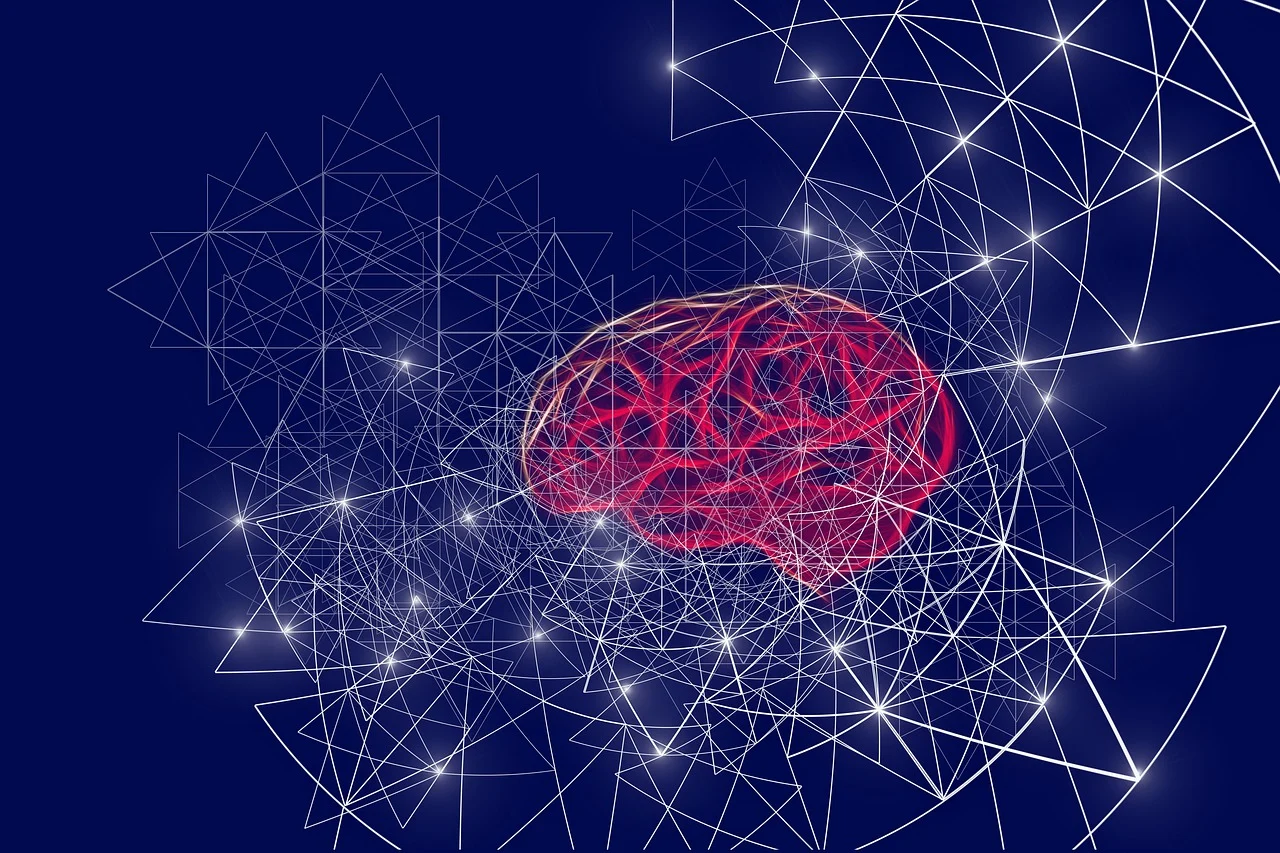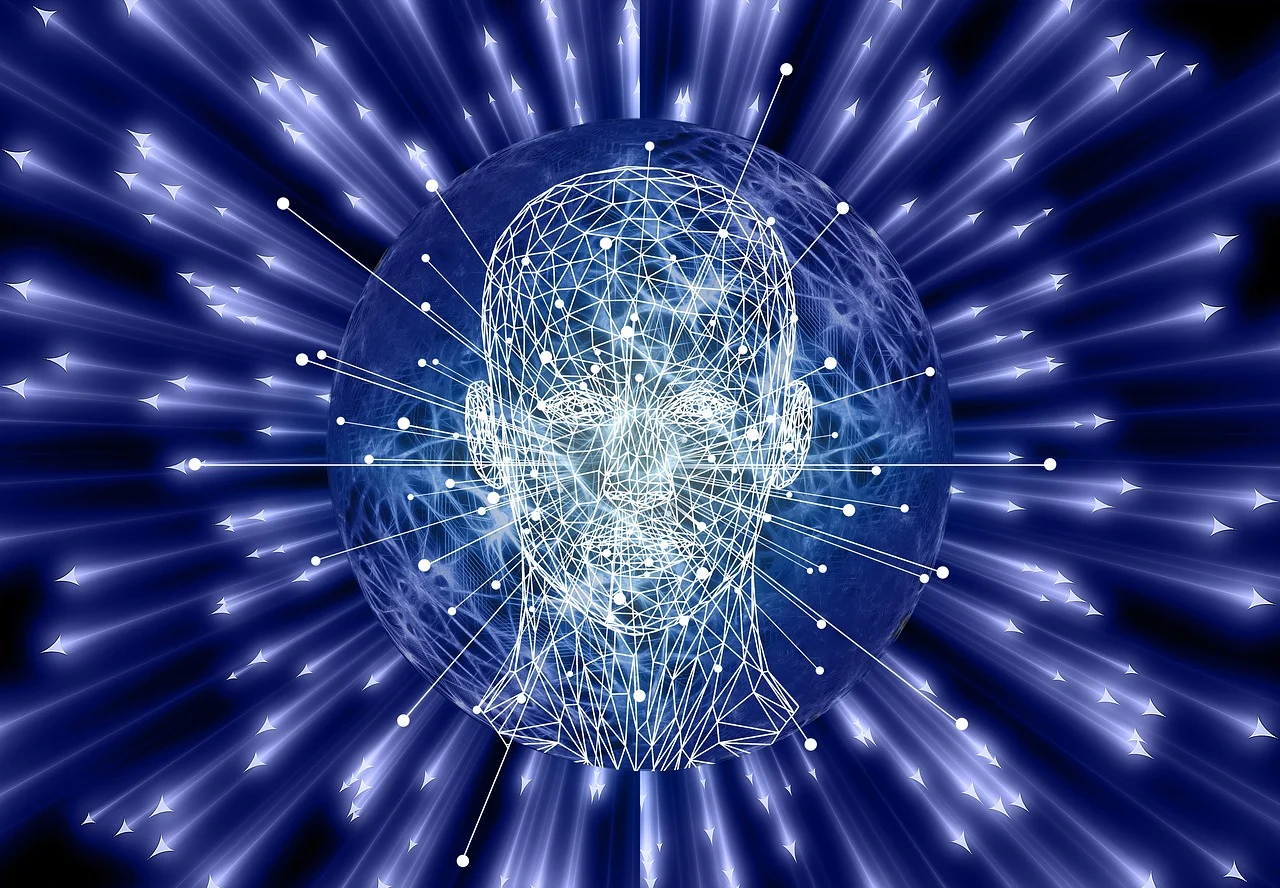The Science of Learning:
Understanding How Your Brain Processes New Information

We all know that the human brain is complex. It is the locus of our intelligence, the controller of our behavior, and the interpreter of our world. It is the organ of our destiny. Yet there has always been a longstanding and recurring question – just how does our brain work?
Neurons are the most basic working units of our brain and the nervous system. A neuron has three main parts: dendrites, which are short thread branches at the end of the cell that carry messages to the cell; an axon, which is a long root fiber that connects and transmits neurons; and a soma, which can also be referred to the cell body, is similar to the trunk of a tree that contains the nucleus, or DNA of neurons.
There are an estimated 86 billion neurons in the human brain, which is more than the stars we can see in the night sky with the naked eye. These cells are noisy, as every one of them is trying to connect and cross-connect with one another to process information. Whether you are a teacher, a worker in the field of psychology or neurosciences, or even just enrolled in an MA in Mental Health Counseling online, this article may be a handy guide for you as it is crucial to understand how our brains function and process the information we take in.
The Developing Brain

Brain function develops even before we are born, and continues to develop throughout one’s life, albeit at different rates for each individual. The processing of information in the brain is done through the transportation of signals from neuron to neuron through special connectors called synapses; neurons are like trees and the synapses are the leaves.
When a fetus grows, neurons travel to their respective areas of the brain. This is referred to as the sensorimotor stage. Competition between neurons is fierce as space is limited within the brain for each neuron to find a place to live and grow. The neurons that do not manage to live are destroyed, also referred to as pruning. To put this into the picture, the developing fetus creates an average of around 250,000 neurons per minute.
In infancy to preschool, the development of the motor and sensory systems is generally completed. This is the preoperational stage. The child has the motor ability to feed, can move away from pain or other stimuli deemed uncomfortable, understands sound, and as well as begin to read. Skills such as the use of language with syntax and grammar, and strong imaginative thinking are also exhibited in this stage.
From early elementary years, new fibers continue to grow between neurons and white matter, also formally called myelin, which insulates the nerves and increases the speeds of synapses. This is the concrete operational stage. These fibers become key to forging new connections between the neurons across the sections of the brain, which is also fundamental for memorization and the application of new learning with previous learning. The child will have generally developed gross and fine motor skills. Reading and writing also become more complex, which corresponds to the child’s entrance into formal schooling.
Finally, in the late elementary years and beyond, with enhanced neural connectivity there are gradual synaptic prunings and structural changes in the brain. This is referred to as the formal operational stage. One would now have the ability for abstract and critical thinking, as well as inferential reasoning. The changes in synaptic activity also ensure short and long-term memory; usually learning becomes consolidated due to strengthened plasticity.
Neuroplasticity: The Meat and Potatoes of Information Processing
To understand what neuroplasticity is, the term ‘plasticity’ needs to be understood. The base meaning of plasticity refers to how an object can yield stress and tensile strength; for the brain as such, it refers to its malleability or ability to change. Subsequently, neuro obviously refers to the neurons and nerve cells that serve as the foundational building blocks of the brain and the nervous system. Therefore, neuroplasticity simply means the ability for the brain to change – or ‘rewire’ – its activities and responses through structural growth and reorganization – clearly, while the brain develops similarly to plastic, it does not mean that the brain is actually plastic. There are two types of neuroplasticity:
- Functional plasticity – refers to the brain’s ability to move functions of a damaged area of the brain to undamaged areas.
- Structural plasticity – refers to the brain’s ability to engage in direct structural and physical changes after learning or exposure to external influences (e.g. drugs and alcohol).
Neuroplasticity can change the strength of synapses, form new synapses, and eliminate synapses too. Having good brain neuroplasticity is important and key to the ability to learn new things, enhance cognitive capabilities, and improve overall brain fitness. There are three types of neural circuits involved in the promotion of plasticity:
- Experience-independent.
- Experience-expectant.
- Experience-dependent.
Firstly, Experience-independent plasticity usually happens during the prenatal stages. Neuron cells are grouped, connected, and fired together in response to internal stimulations. This process gradually refines synaptic activity in the brain. At the same time, many of those that do not sync together die out. Neuronal loss, or apoptosis, usually causes some degree of harm to the brain's nature, so generally, at this stage there is an overproduction of neurons as a way to resolve this problem. It is also why we have the most neurons when we are the youngest, to which we gradually lose this gray matter as we age.
Subsequently, experience-expectant plasticity is innate or intrinsic and independent of external factors. They are ‘prewired’ to assist neurons in connecting each independent process to another independent process. But for this to function, it usually requires received input; or, in other words, it is activity-dependent and requires some form of external experience as a trigger. For example, the production of retinal ganglion, which has the purpose of producing visual images to the brain, is experience-expectant. If an infant’s vision is obstructed, they are therefore unable to discriminate the visual information, as the brain has not made the required synapses with the visual system in order to interpret this visual information.
And finally, experience-dependent plasticity, as per its name, is all the structural changes in the brain that occur when we are in different situations and environments. These situations can be moving to a different territory, suffering from an injury, or learning new problems. These occur throughout our lifetimes. Existing neural groups are changed by these experiences, which can either increase or decrease the number of neural synapses in the brain depending on the experience. For example, a lack of stimulation can lead to decreased synapses, also called non-beneficial synaptic pruning. Learning new things always involves the development of new synaptic networks that become more complex and dynamic over time.

But neuroplasticity does not end here, because it becomes even more important as we age. Not only does good neuroplasticity help people to recover from strokes, aneurysms, and other brain injuries, but it also enhances existing cognitive abilities and strengthens the brain. For the elderly, neuroplasticity can assist in modifying and ‘rewiring’ areas of the brain where cognitive decline is evident. It is the nuts and bolts; the meat and potatoes of keeping our brain resilient and ensuring that we can properly process the information around us.
The brain is the most complex and mysterious core of who we are as humans; it determines things from our personalities to our ways of thinking. For the past century, we have made leaps and bounds in development – but the most unique and primordial citadel of our being remains shrouded in mystery, with many exciting discoveries only still yet to come.